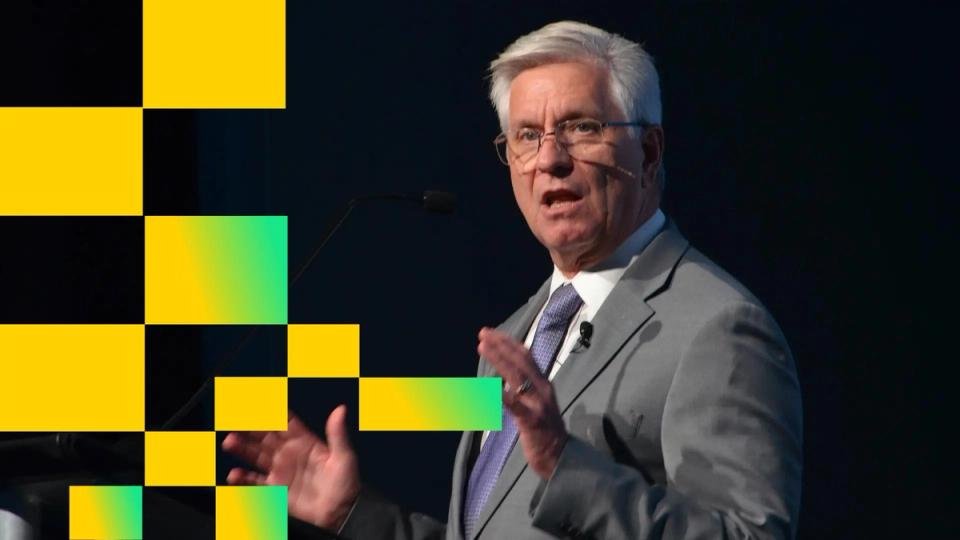Exploring the Federal Reserve’s "Skinny Master Account" for Crypto Firms
In a significant development for the cryptocurrency sector, Federal Reserve Governor Christopher Waller has proposed the introduction of a "skinny master account" designed specifically for crypto companies. This initiative would enable these firms to access the Federal Reserve’s payment systems while mitigating their exposure to certain risks associated with a full master account. This article delves into the implications of Waller’s proposal and how it could reshape the landscape of cryptocurrency regulation and operations in the U.S.
The Context of the Proposal
Waller’s remarks came during his address at the Fed’s Payments Innovation Conference, shedding light on how the U.S. central bank might adapt to the rapidly evolving financial technology landscape. The idea is particularly pertinent given the increasing interest from crypto entities, such as Custodia Bank, that have long sought access to the Fed’s master account system. By proposing a limited account structure, Waller aims to strike a balance between innovation in the cryptocurrency space and the need for prudent risk management by the Federal Reserve.
Implications for Stablecoin Issuers
The "skinny master account" concept is expected to be especially beneficial for stablecoin issuers. These entities currently face challenges in accessing traditional banking systems due to regulatory complexities. By granting them a form of streamlined access, the Fed aims to facilitate smoother integration of stablecoins into the U.S. monetary system. As noted by Linda Jeng, CEO of Digital Self Labs, this model would provide important backing by the Fed, thereby enhancing systemic risk management in the crypto market.
Structure and Limitations of the Account
Under Waller’s plan, the skinny master account would allow companies to utilize the Fed’s payment rails but without the comprehensive suite of services offered through a regular master account. Crucially, these accounts would not earn interest on balances and would be subject to balance caps. Additionally, they would lack privileges like daylight overdraft and discount window borrowing, meaning firms must maintain a positive balance to transact. This limited structure is designed to manage potential impacts on the Fed’s balance sheet while still providing essential services.
The Need for Regulatory Engagement
Waller elucidated that the skinny master account is merely a prototype idea at this stage, indicating that further discussions will take place with various stakeholders to understand the potential benefits and drawbacks. This regulatory engagement is essential for recognizing industry needs while ensuring that any new account framework aligns with the Fed’s risk management objectives. The willingness to open a dialogue reflects a progressive approach by the Fed to understand and engage with a rapidly evolving sector.
Global Perspectives on Stablecoins
Former World Bank President David Malpass emphasized the competitive nature of the global stablecoin market, suggesting that the introduction of such accounts could help safeguard the U.S. dollar’s purchasing power. As stablecoins gain traction globally, especially in markets outside the U.S., establishing a framework for their utility within the American monetary structure becomes increasingly critical. Without proactive measures, the U.S. risks losing its competitive edge in the worldwide financial arena.
Conclusion: A Step Towards Integration
Waller’s proposal for a skinny master account marks an important step toward integrating cryptocurrency firms into the established U.S. financial system. While still in its initial stages, the concept has generated optimism among stakeholders keen on finding pathways for smoother regulatory frameworks. As discussions evolve, it remains to be seen how this idea will be refined and implemented, but the possibility of a more inclusive financial ecosystem for crypto shows promise for the future. As the industry continues to develop, the potential impact of these changes on both the crypto sector and traditional finance deserves close attention.


